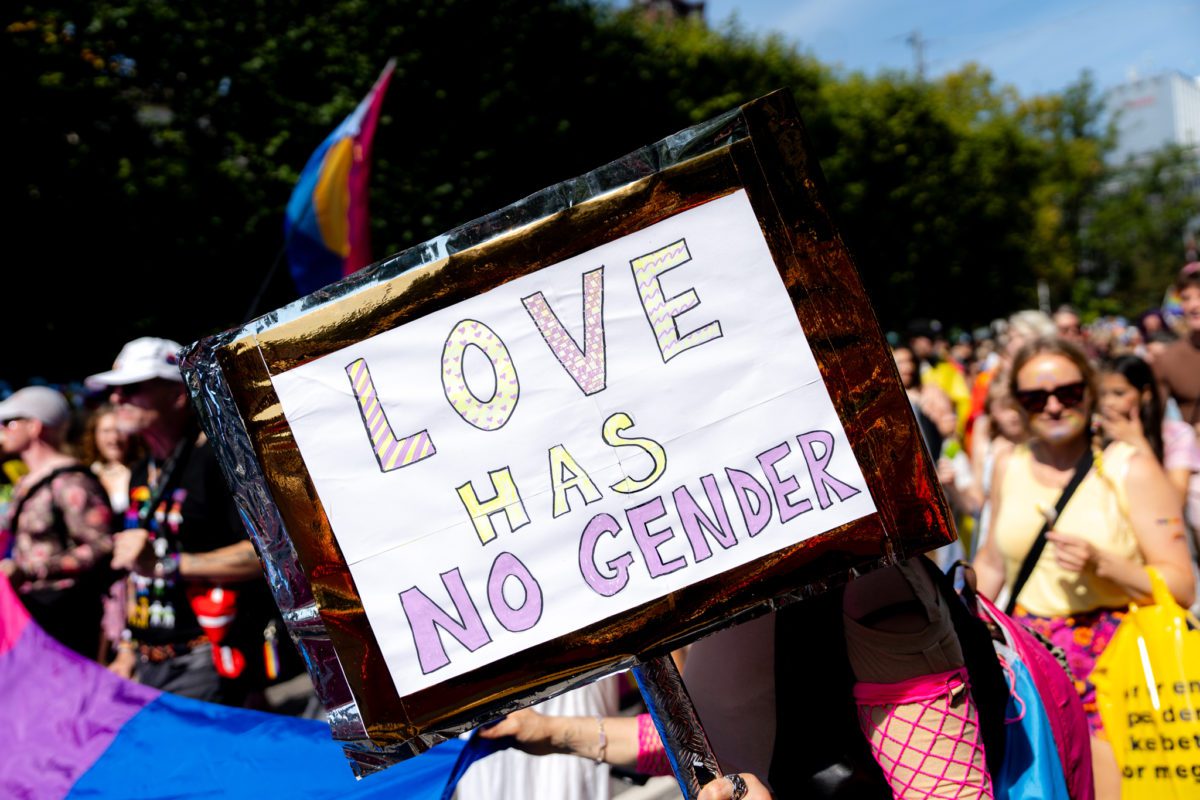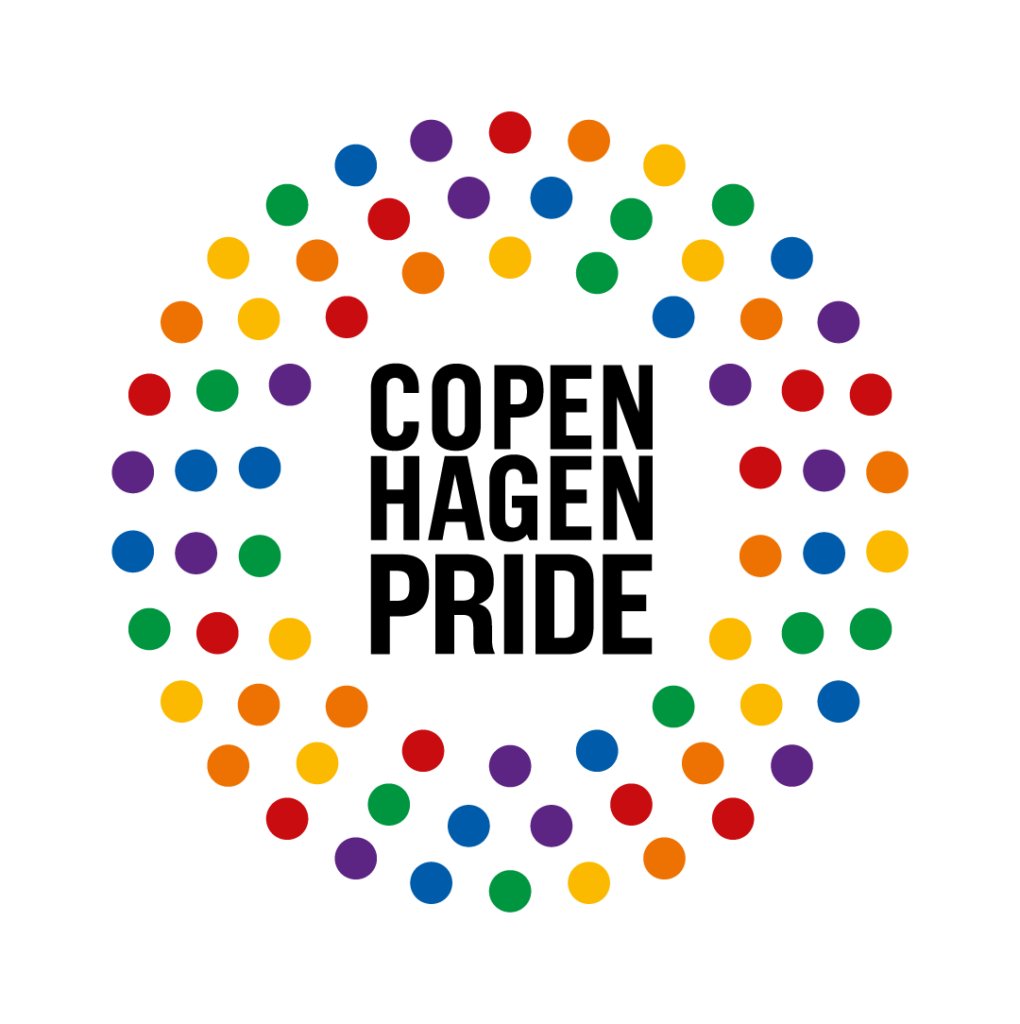
Five dead concepts we’re not missing
Photo: N&J Photos
By Kira Olsen (She/Her)
This name is a pseudonym. The editorial staff is familiar with the writer’s identity.
Through the ages, a boundless amount of stupidity has been thought and uttered on queers and queerness. But fortunately, we’re getting smarter all the time, and here’s the proof: Five concepts that have thoroughly flatlined, and that we’re really not missing!
1: “Queerness is unnatural!”
Let’s start off with the most basic. “Queerness, homosexuality, sex with someone of your own gender, is unnatural! And that is how it is, because you can see for yourself out in the innocent nature that the animals only mate with animals of a different gender!”
That might have seemed true once upon a time if you only skimmed the scientific literature – which was being heavily censored for that kind of “perversities”. But if you actually look at nature, it’s pretty different. There’s sex between animals of the same gender and even long, monogamous, same-sex relationships in which they raise their young together. That is what scientists have found among bonobo apes, penguins, dolphins, zebra finches, ducks, giraffes, lions, albatrosses, swans, sheep and about 1500 other species. There’s loads of queerness in nature.
2: “Queerness is an illness!”
Another persistent claim, but this one does allow for homosexuality to exist (Whoop! The bar is so low after the first item on this list). But it’s an illness that you might even have been infected with, and that you can be “lucky” to be “cured” of.
However, in this case medical science has formally come to its senses. In 1981, homosexuality was finally removed from the Danish Health Authority’s list of mental illnesses, and in 1990 the WHO followed suit. Feet were dragged even more regarding transness, but that was taken off the Danish list of illnesses in 2017.
3: “Women can’t have sex with each other!”
Yep, that used to be the thinking, because ”women” meant ”cis-women-with-vaginas” and ”sex” meant ”penetration-with-a-penis”, adhering to an Old Testament definition.
That had interesting consequences, for instance for Sidsel Andersdatter who in the early 1700s lived as a man in Copenhagen. It was discovered that he (or she or they – we actually don’t know how Andersdatter identified) was born with female anatomy and had used a cow’s horn to urinate through to pass as a man. But he did state that he hadn’t used the horn for “illegal activities”! So, he was seen as a woman because of his anatomy, but because he didn’t have a penis and hadn’t used the cow’s horn for penetration, he and his wife couldn’t have had (same-sex and thus illegal) sex. Okay!
Everyone, including heteros, have discarded that definition of sex.
4: “Same-sex couples can’t become parents!”
Many queers have been told that if they’re homosexual, they’ll never be able to have a family of their own! But obviously, family is much more than just mum, dad and kids, and same-sex partners have raised children and formed families together long before the heterosexual nuclear family became all the rage.
Moreover, it’s now legal in Denmark for homosexuals to get artificially inseminated (since 1997 if by a midwife, and since 2007 also by a doctor), and to adopt (since 2010). Since 2013 you no longer have to “stepchild-adopt” to become the legal parent of your same-sex partner’s child, and in 2022 the Danish parliament decided to implement a citizen proposal to recognize co-paternity in rainbow families. So, the law is finally catching up with reality.
5: “Two people of the same gender aren’t allowed to dance!”
Finally, an exceptionally absurd concept. In Denmark, until 1973 it was illegal for two men or two women (and noone was able to imagine more than those genders) to dance with each other.
So: A man couldn’t dance with another man, and a woman couldn’t dance with another woman. Because …? Nope, no-one knows what exactly would happen, and it was only in effect in public. Associations could get a permit from the police, which The Association of 1948 (Forbundet af 1948) (which later became LGBT+ Danmark) had for their premises – oh la la! The lifting of the dance ban became one of the association’s key issues, and came to pass in 1973. As far as we know, no dancing establishments imploded as a consequence.
—
These were five outdated concepts that have luckily gone belly up. We can’t wait for even more to do the same.



